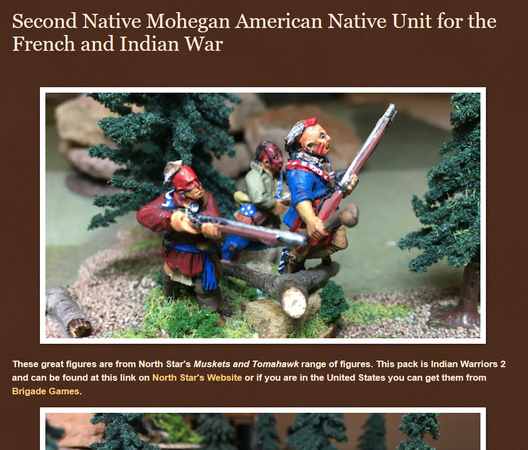
160 pages. Acknowledgements, introduction, appendix, bibliography, author's bio.
This is not a new book, but it was a recent donation at my local library, and I was lucky to be the first to check it out.
This book is simply a collection of capsule biographies of prominent inventors from the New York Capital District (the Albany, NY, region, defined here as Albany and Rensselaer counties, plus Waterford in Saratoga County where I live) up to the First World War.
The material is organized by category: agricultural, transport, heating, electric, fire/water, steel, and arts/entertainment, plus two chapters focusing on the cities of Troy ("The Collar City") and Cohoes ("The Spindle City").
The capsule biographies range from three to six pages, and typically include a brief description of the subject's most important inventions or patents. There is often a photo of the subject, and images of his invention or patent.
The significance of the Capital Region is that it was at the confluence of two major rivers (Hudson and Mohawk), and later two major canals (Erie and Champlain), and eventually well connected to the railroads. Abundant water could power mills and other industries, natural resources were available locally, and it was easy to transport goods by river to New York City. It is said that the industrial revolution in the U.S. started in the Capital District.
Of particular interest to military historians is the biography of John Winslow of Troy, New York. John Ericsson's contributions to creating the USS Monitor sometimes overshadow others' contributions to the project. Winslow financed the construction of the ship, and in fact still owned the ship as it went into its first battle! The armor plating was based on his patent, and forged at his Rensselaer Iron Works.
And this was not Winslow's only involvement in the Civil War. He had the patent on a type of railroad tie connector that was heavily used by Union forces as they expanded their rail network into the South. He also produced the armor for the USS Galena.
The limitation of this book is a result of its design as a collection of capsule biographies – I was left wanting to know more about these men, and to have a more in-depth description of their inventions.
I found the book to be interesting, showing how technology developed, though the material is sometimes dry.
Reviewed by ![]() Editor in Chief Bill
Editor in Chief Bill ![]()
![]() .
.








